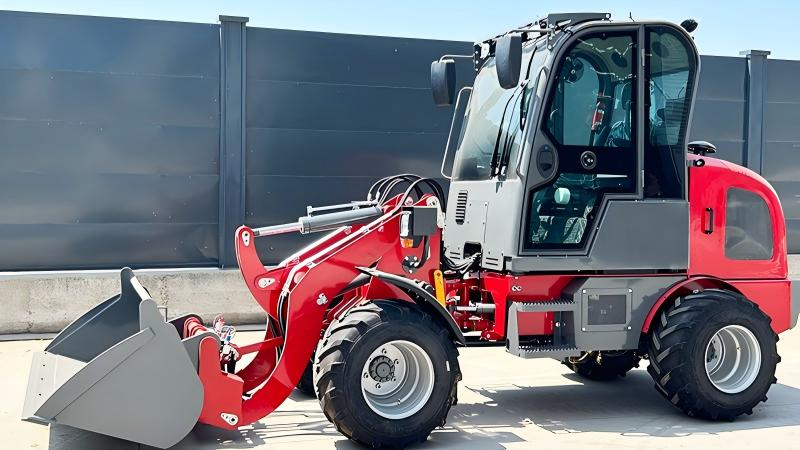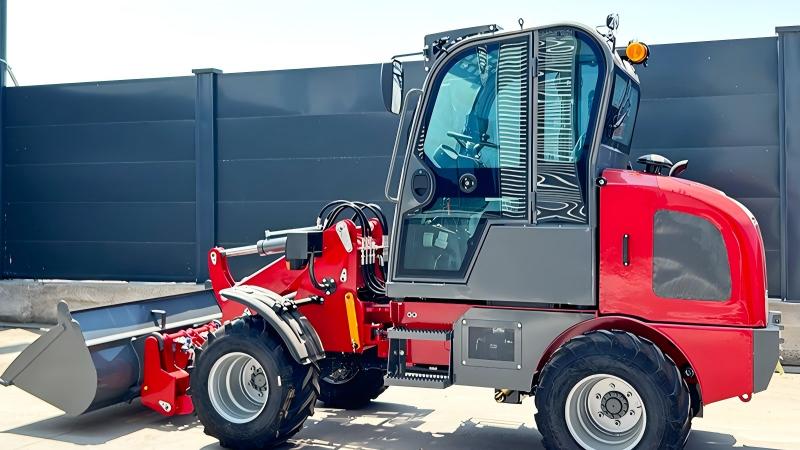The question of whether Chinese wheel loaders meet the mandatory European Stage V emission standards is a pivotal one, shaping the competitive landscape of the global construction machinery industry. The European Union's Stage V regulations, which represent the most stringent emission controls for non-road mobile machinery to date, impose drastic reductions on key pollutants such as particulate matter (PM) and nitrogen oxides (NOx). For Chinese manufacturers, long perceived as competing primarily on cost, achieving full compliance is not merely a technical hurdle but a fundamental test of their technological maturity and commitment to the high-value European market. This journey towards compliance involves a complex and costly overhaul of engine and aftertreatment systems, pushing companies to move beyond mere manufacturing prowess to deep-seated innovation and integration capabilities. The answer to the initial question is no longer a simple binary; it has evolved into a narrative of strategic adaptation, where leading Chinese Original Equipment Manufacturers (OEMs) are proactively engaging with the challenge, signaling a significant shift in the industry's global dynamics and their aspirations beyond domestic and emerging market dominance.
To grasp the scale of this undertaking, one must first appreciate the profound technological leap required by the Stage V mandate. The standards demand near-zero levels of particulate number (PN) and further drastic cuts in NOx compared to the previous Stage IV. This typically necessitates the integration of advanced, multi-stage aftertreatment systems onto wheel loader powertrains. These systems often combine a Diesel Oxidation Catalyst (DOC), a sophisticated Diesel Particulate Filter (DPF) capable of periodic regeneration to burn off accumulated soot, and a Selective Catalytic Reduction (SCR) system that uses Diesel Exhaust Fluid (DEF) to convert NOx into harmless nitrogen and water. For Chinese manufacturers, sourcing these high-performance, durable systems, often from international suppliers like Bosch or Cummins, or developing them in-house, represents a substantial increase in both unit cost and system complexity. Integrating these bulky components into the compact chassis of a wheel loader without compromising performance, serviceability, and operator visibility is a formidable engineering challenge that demands extensive research, development, and validation testing under real-world operating conditions.
In response to these stringent requirements, major Chinese construction machinery giants have embarked on comprehensive and capital-intensive research and development programs. Companies such as Sany, LiuGong, XCMG, and Lovol have publicly unveiled and are actively marketing Stage V-compliant wheel loader models in Europe. Their strategies often involve a dual-track approach: partnering with globally recognized engine manufacturers like Cummins and Deutz to procure certified Stage V powerplants, while simultaneously advancing their own proprietary engine technologies and aftertreatment solutions. This not only ensures immediate market access but also builds long-term technological sovereignty. These compliant models are no longer basic, low-cost alternatives; they incorporate advanced telematics, fuel-efficient hydraulics, and operator-centric designs, positioning them as competitive, value-driven products. The certification process itself, involving rigorous testing by accredited European bodies, is a testament to their commitment to transparency and quality, helping to gradually dismantle the outdated perception of Chinese machinery being subpar or environmentally unsustainable.
The successful penetration and sustained presence of Chinese wheel loaders in the European market are now inextricably linked to their adherence to Stage V. This compliance serves as a critical gateway, determining not just market access but also brand perception and long-term viability. For European distributors and end-users, the availability of certified Chinese loaders introduces more competitive options, potentially driving down total cost of ownership and fostering innovation across the board. Looking ahead, the expertise gained from conquering the Stage V challenge positions these Chinese OEMs advantageously for the next frontier of regulation: zero-emission machinery. The race for electric and hydrogen-powered wheel loaders is already underway, and the technological capabilities honed during the Stage V era—in system integration, energy management, and advanced controls—provide a solid foundation for this impending transition. Consequently, meeting Stage V is not the final destination but a crucial proving ground that is reshaping the global competitive order, with Chinese players demonstrating a growing capacity to not just follow but eventually lead in the era of clean, intelligent construction equipment.
Post time:Nov.24.2025



